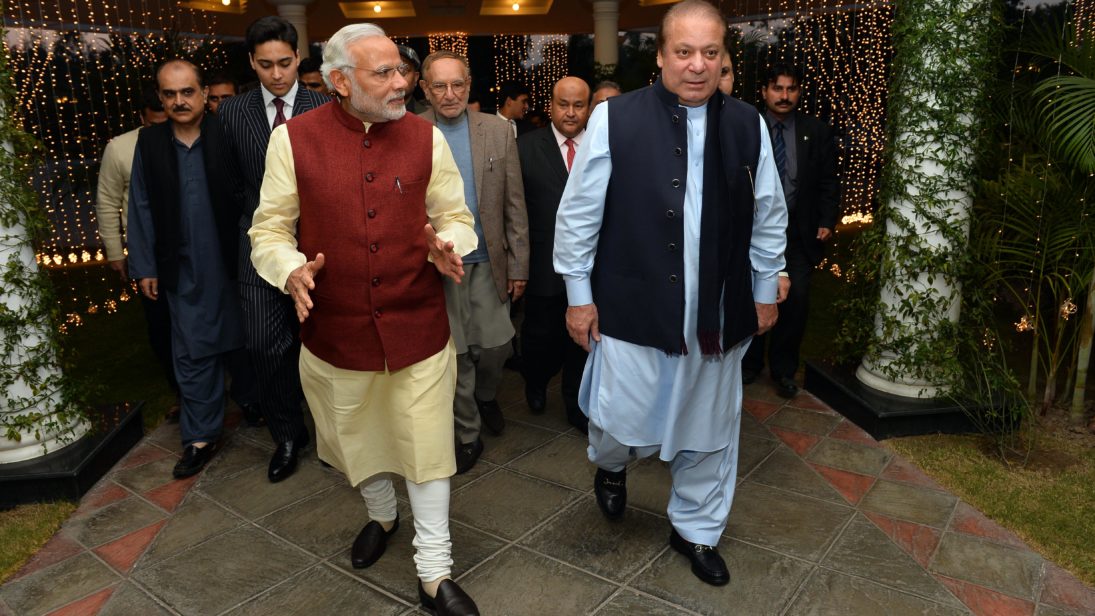
Three days into the discussions on ‘Nuclear Disarmament, Safety and Stability in South Asia’ on the sandy beach of Kalutara in Sri Lanka, the participants at the 13th RCSS Summer Workshop were already facing problems of jargon. How do you define a crisis, or stability, or South Asia? The Chinese delegates pointed out how words like deterrence and crisis translate into aggression and danger/ opportunity, respectively, in the Chinese languages. The following blog borrows from the presentation made by the author on nuclear lexicons at the RCSS Summer Workshop 2014 and reflects upon some of the ideas tossed around during the workshop sessions.
A lot of words, phrases and expressions that we employ while talking about nuclear policy and nuclear doctrines don’t have standard meanings or definitions. Add to this the different cultural and linguistic contexts that get attached to the usage of these words, and definitional issues are further complicated. Concepts and terminologies which are employed to talk about nuclear weapons form the language in which countries not only define their nuclear identities and philosophies, but also communicate them to multiple audiences. Communication (of the threat, capability and intent of nuclear retaliation) is one of the most important elements of credible nuclear deterrence.
Nuclear policy-making is a fragile endeavour and one has to only imagine how miscommunication and misinterpretations could become disastrous. The spiralling nuclear arms race between the United States and the Soviet Union was fuelled by lofty differences and divergences in strategic thinking about nuclear weapons and nuclear strategy in the military doctrinal writings and terminologies employed by the U.S. and the Soviet Union. Policymakers eventually realized the importance of reaching agreements on strategic terms and of opening communication channels to avoid misunderstandings (Santoro 2012). The idea of a nuclear glossary was born for enhancing mutual deterrence.
Nuclear deterrence in the post-Cold War world is multilateral, and narratives divorced from the Cold War period (emerging from non-NATO, non-Western nuclear weapons possessors) have affected nuclear dialectics. New concepts related to nuclear weapons and deterrence have evolved with the changes in the size and nature of nuclear arsenals and with developments in technology; some concepts have receded into the background while others have become more salient (Delpèche 2012). Minimising the risks of miscommunication and increasing mutual confidence through clarity of terms and concepts are being increasingly appreciated by policy-makers and scholars as a nuclear confidence building measure.
An India-Pakistan Nuclear Lexicon
Credible minimum deterrence, strategic stability, limited war and tactical/ battlefield nuclear weapons are some of the expressions used by India and Pakistan to talk about their nuclear weapons and policies, without consensus on how these terminologies are to be defined. Track-two level interactions between the two countries have indicated that there are far too many words where there is room for confusion and that there is a need for a single lexicon for a common parlance and shared meaning for nuclear concepts and terminologies. The Lahore Memorandum of Understanding, which provides the umbrella framework for NCBMs between India and Pakistan, states that “the two sides shall engage in bilateral consultations on security concepts, and nuclear doctrines, with a view to developing measures for confidence building in the nuclear and conventional fields, aimed at avoidance of conflict.” In 2003, the Stimson Centre, supported by the Carnegie Endowment for International Peace and the Nuclear Threat Initiative, conducted a workshop for experts from India and Pakistan. The agenda for the workshop included the clarification of nuclear terminologies and definitions with the goal of publishing a joint or separate glossary. Unfortunately, such a project hasn’t been welcomed by the governments of either India or Pakistan and a common nuclear glossary for South Asia remains absent.
The lack of a mutual understanding of terminologies raises some unsettling and rather disturbing questions about nuclear doctrines – can a doctrine be taken at face-value? For instance, Pakistan accuses India of pursuing dichotomy in declarations and operations. India’s demand that Pakistan should officially ‘declare’ a nuclear doctrine appears to ask Pakistan to unilaterally concede what it considers an advantage – an undeclared therefore ambiguous nuclear posture and policy – in return for no gains. One way of getting past this stalemate-like situation is by understanding and documenting the nuclear terminologies used by both countries to express their nuclear policies and postures. This also follows the logic of symmetric concessions from both parties which are necessary for bilateral confidence building.
An India-Pakistan nuclear lexicon project would have to be taken up at the political level if it has to be meaningful. Nuclear scientists and engineers would have to be appointed onto the political committee to assist on technical definitions. Existing nuclear glossaries from around the world would have to be referred to for adhering to international standards. Most importantly, a South Asian nuclear lexicon would have to strike the fine balance between nuclear confidence building and enhancing mutual deterrence.
***


